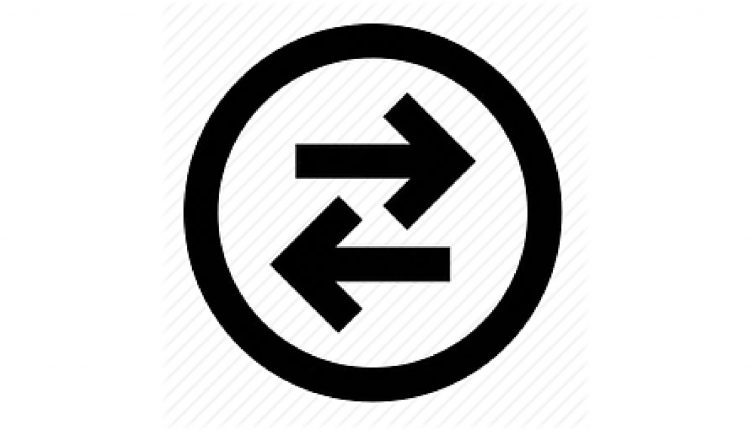Whatever happened to NFT creator royalties?

A race to zero
To be totally honest, the ongoing NFT creator royalty debate is one I’ve been avoiding for some time but now it’s clear that it’s gotten to the stage where everyone is being forced into action, however reluctantly.
The simple preamble is that one of the key feature of NFTs was/is creators could/can bake a royalty into their NFTs so they would receive that percentage of all future transactions.
Typically, for pure art NFTs, it was around 10%, dropping to 5% for games.
However, some collections — notably CryptoPunks and follow-up collection Meebits — were zero-rated for royalties, at least in the case of Meebits until new owner Yuga Labs’ uprated the collection to a 5% rate.
Prior to that move, zero-rated collections had become money-printers as new NFT marketplace such as LooksRare rewarded traders with an allocation of their new native tokens to incentivize activity, generating millions of dollars in zero-rated royalty wash trading i.e. trading between wallets purely to collect such platform rewards.
But as the competition between NFT collections and marketplaces has intensified for market share and revenue, a different dynamic has arisen; one that was always lurking beneath the surface.
Because even if a collection had a preset royalty level, owners could simply trade around this by transferring an NFT to someone else’s wallet, getting the payment in return as an OTC trade, albeit one without the security of an atomic transaction.
In turn, new AMM-inspired marketplaces such as Sudoswap directly built such roundabout trading securely into its protocol, attracting high trading volume because buyers and sellers could now respectively gain a higher net sale price and lower net buy price in a win-win trade predicated on sharing out what would have been the original creator’s royalty cut.
This, in turn, has forced other marketplaces to trim their sails accordingly. Low cost X2Y2 implemented an optional royalty system in August, which allowed users to choose how much they wanted to pay.
And at the end of last week, #2 marketplace Magic Eden announced — with regret — that it too was moving to a “optional royalty” model because “royalties are not enforceable on chain”.
Significantly, as part of the move, it also removed its own margins on transactions; something that’s been under pressure from new entrants during 2022.
🧵After some difficult reflection and discussions with many creators, we’ve decided to move to optional royalties on @MagicEden.
Effective later today, we will also begin running a promotion to waive our platform fees.
— Magic Eden 🪄 (@MagicEden) October 15, 2022
Similarly, even NFT projects such as top Solana NFT collection DeGods (including y00ts and t00bs) have switched to zero royalty models because if royalties aren’t currently enforceable, why bother?
Of course, thinking more abstractly, there’s nothing to this story that should surprise us. Human nature being what it is, no-one wants to pay more than they are forced to pay.
It’s also no surprise that this race-to-the-bottom has happened in a bear market where opportunities to make money trading NFTs are extremely hard to find. This time last year, giving up 5% or 7.5% of an NFT trade that was up 100% was a much simpler calculation for people to agree to.
But I don’t think anyone expects this is where the story will end because a world of zero royalties for marketplaces and NFT projects can not support a vibrant ecosystem of creators and traders.
Certainly, as Magic Eden has made clear, marketplaces and NFT creators are already working hard to solve this situation with new standards that can be enforced.
For games, building dedicated marketplaces that can be very tightly integrated into gameplay utility and rewards for those who trade NFTs only on these official marketplaces seems an obvious solution.
Games such Axie Infinity and Splinterlands, which run their own marketplaces on their own blockchains are clearly at an advantage in this regard, and Ethereum L2 Immutable X has also highlighted its ongoing commitment to enforce creator royalties.
Some NFT collections have launched their own marketplace aggregation layers too, with 0N1 Force’s implementation looking pretty impressive. It’s well integrated with some of the collection’s more innovative features such as its NFT-locked companion items.
And it maybe even true that the rise of zero-rated royalty marketplaces has been somewhat over-exaggerated, at least on Ethereum.
Data from Nansen suggests that if you strip out wash trading, OpenSea — which supports full royalties — still has 4.5 times the volume of X2Y2 and SudoSwap combined.
That said, Magic Eden’s marketshare on Solana is reported as having dropped from 89% to 58% over the past six months.
Jon’s Gamestx Substack is home to his on-going thoughts on the collision of gaming and player-owned value networks and is sponsored by HiroCapital.
Sign up for the free weekly newsletter for a big slice of all the key trends happening in this dynamic sector, and for a daily dose and full access to the archive, sign up for the paid option.
